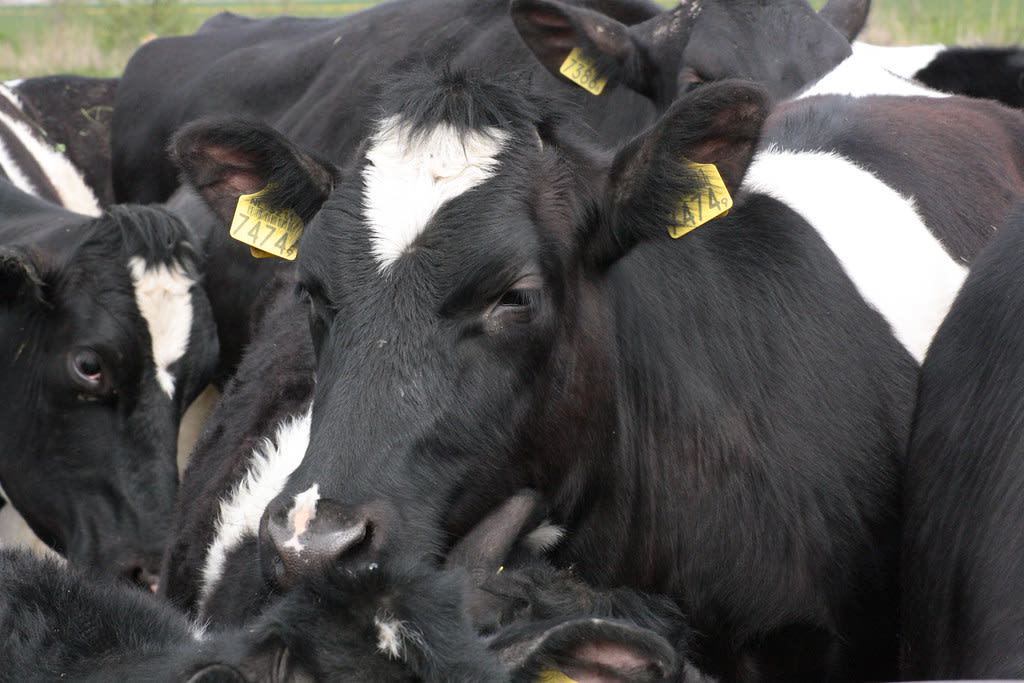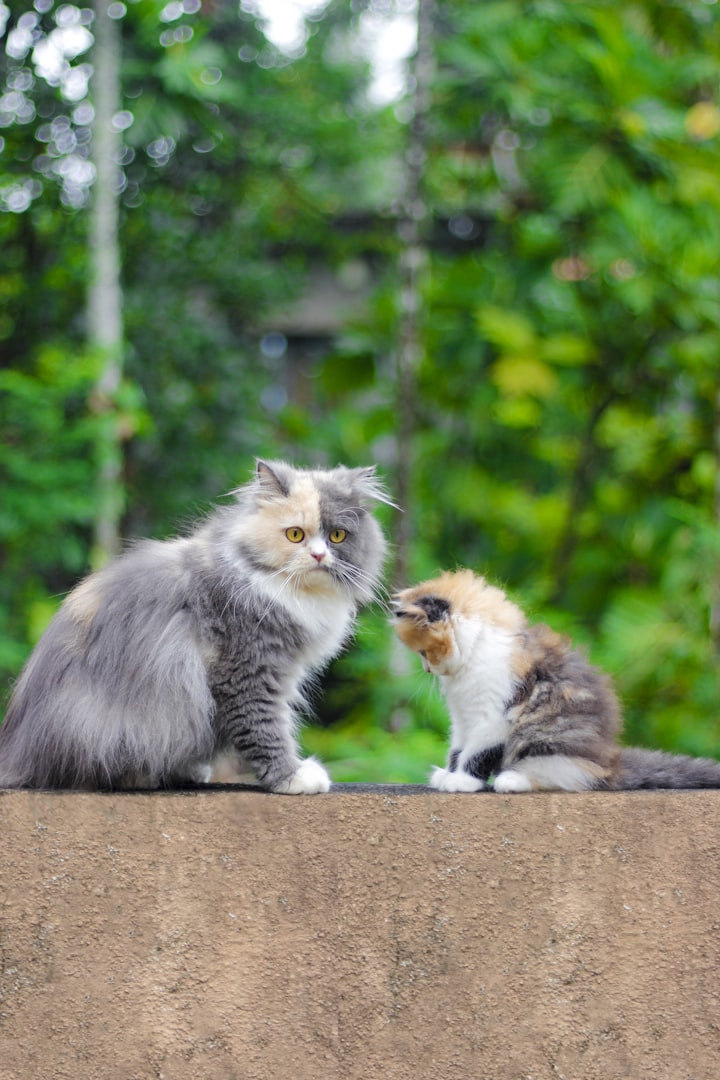How to Manage Your Cattle This Monsoon in 5 Easy Ways
Pets

It's time to get ready to plunge into the water, get your hands muddy in the mud pool, and row your own small paper boats across the nearby streams of water. We're all prepared to enjoy one of the most wonderful seasons as the monsoon approaches. However, while some locations are celebrating, the remainder are experiencing a downpour. When monsoon season arrives, the environment is vulnerable to disasters like floods, which severely harm people, plants, and animals. The animals, particularly the cattle that travel and live in open fields, must also take preventative precautions and additional care during the rainy season, just like we do for ourselves. This exposes them to deadly infections. As the temperature drops, farmers start to consider how the next weather changes may impact the health, production, and efficiency of their cattle. The dairy producers start making plans and gathering the supplies they'll need to look for and safeguard their animals. Animals need to be closely watched at this time because they have to keep their bodies warm enough to withstand the cold weather. Since the temperature drops significantly below the lowest temperature limit as a result of the heavy rainfall, animals get stressed.
This forces the animals to react in some manner, like looking for cover or stepping up their metabolic rate, which may help them stay warm when the temperature drops. As a result, their nutritional needs rise, particularly for high-quality, energy-dense foods.
Because they need to spend more energy to acclimatize to the climatic circumstances and maintain a balanced positive energy, cows in particular need feeds that are rich in necessary nutrients. If the cows do not get the high-quality feed additives, they eventually resort to using the stored reserve energy to create heat and control bodily functions in order to produce high-quality milk.
This eventually results in the loss of body fat that has been stored, which over time leads to weight loss and a weakening of the insulating layer under the skin, leaving the person vulnerable to the chilly, stressful weather.
The situation seems to be worse for the heifers that were able to give birth to calves while in such poor physical condition, resulting in a difficult, painful calving and the delivery of weak, underweight calves.
Because of the increased calf death rate caused by this circumstance, moms produce less milk and have delayed heat cycles, which reduces the rate of reproduction.
In addition to having an effect on the cattle, the intense rain also has an influence on other things. Baling the hay, keeping the cow feed dry, and keeping an eye out for aflatoxins all become challenging tasks (poisonous carcinogens which cause liver damage and cancer). Due to the excessive pollution, these toxic pollutants degrade the quality of fodder and decrease animal intake.
The dry feed must thus be kept out of the weather to prevent mold growth, particularly on the hay. In order to avoid congealing, manure and silage should also be kept in a dry area since when they do, the cows cannot consume them. The manure should be piled and kept in a suitable location away from moisture since it is prone to lose important components.
You must take certain actions to manage your cattle during the rains and prevent your money from being wasted by ensuring that the animals retain the right body weight and temperature.
1. The priority is cleanliness.
During this time of year, animals are more prone to get illnesses readily, exposing a range of health issues. Therefore, the first criterion that must be met is to constantly keep the animals dry and clean. Additionally, cow teats need to be constantly washed and sterilized both before and after milking. This prevents the milk from spreading any illness.
2. Increase the quantity of feed.
During this time, the animals need extra food and energy to produce heat in order to live in the chilly climate. Give the cattle nutrient-rich grains and grass to eat. If there is only wet feed available, ensure sure it is not frozen or too cold. Additionally, construct a suitable, durable shelter to protect them from high winds.
3. Get your bedding ready.
Building a shed is insufficient. Equally crucial is providing the cows with a comfortable, warm bed since damp, filthy, or unclean bedding exposes them to health risks. Therefore, a bed of dry sand is ideal; unfortunately, it is not always available. You may choose dry straws or animal bedding in these circumstances.
4. Offer bottled water.
There may not always be enough drinking water even during the rainy season. To prevent a decrease in the intake of feed by the cows, clean, drinkable water must be provided to them on a regular basis. However, you must make sure that the water you provide is neither freezing cold or excessively chilly.
5. Remove the standing water.
During the monsoon, rainwater accumulates visibly and often. But the same thing also offers a fertile environment for the development of dangerous germs and illnesses. Therefore, maintaining a clean environment is effective in preventing it.
About the Creator
Rahau Mihai
Hi! Come to my profile and you will see really useful things or something to relax you !






Comments
There are no comments for this story
Be the first to respond and start the conversation.